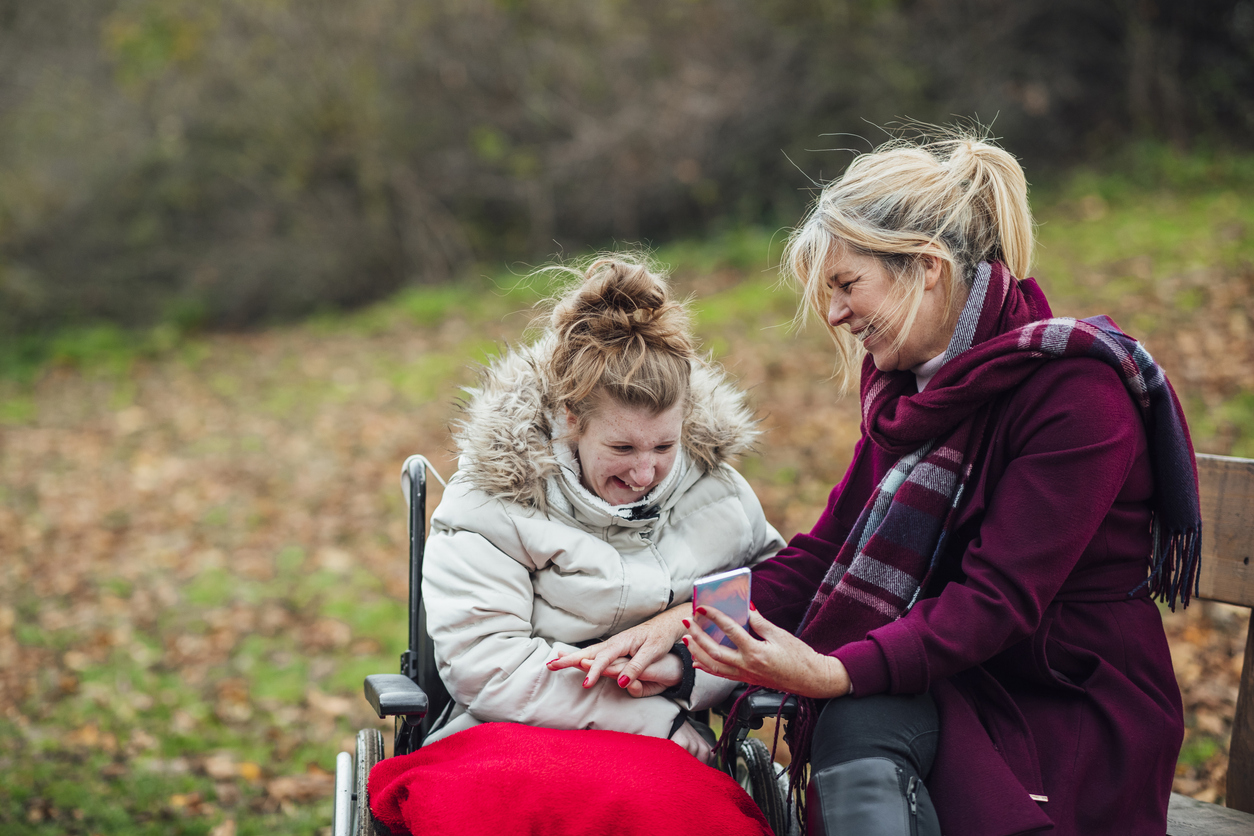
Caring for a SEND child is rewarding but can be challenging. It’s important to understand what your family is entitled to so you can make the right choices when choosing a school for your child.
Find out how your virtual school could support your kinship child, from managing their behaviour to moving schools
This advice applies to: England
We’re running a number of workshops on what school support is available for your kinship child, both in person and online. These are free to join and aimed at kinship carers living in England.
Click on the link below to take you to the section you'd like to read:
Each local authority has a virtual school. It is not an actual school, but a service to promote the educational achievement of:
They give information and advice about the needs and educational progress of children who are or have been in the care of children’s services to schools and social workers.
They also give information and advice to some kinship carers:
Their duty starts from the term after the child turns 2, until the child has finished compulsory education.
Virtual schools aren’t expected to give advice or information to informal kinship carers. If you are an informal kinship carer, speak to your kinship child’s school directly for support and advice.
Virtual schools can offer a range of support. The level of support depends on whether your child:
but could include information about:
Speak to your virtual school about your specific circumstances. You can find their details using our Kinship Compass tool. Put in your postcode and look under ‘your virtual school information’.
Each virtual school has a virtual school head (VSH). They are a point of contact for schools, carers and social workers. They:
The quickest way to contact them is to use our Kinship Compass tool. Put in your postcode and look under ‘your virtual school information’.
You can also find their details by visiting your local authority’s website. Their page is usually found in their schools, education and learning sections.
If your child has a Personal Education Plan (PEP), you should find their details in the plan.
Make sure you’ve tried both email and phone if you’re struggling to speak to someone. They sometimes have fewer people available to take phone calls, so try calling at different times of the day.
If your kinship child is looked after by the local authority, the virtual school can support with moving to a new school. They’ll work with your child’s social worker to find a suitable place.
Our moving schools page has more information on preparing to move schools.
If the virtual school can support your child, they will help to place them in a high-quality school in the area. They will prioritise schools rated ‘Good’ or ‘Outstanding’ by Ofsted.
When your kinship child needs to move from primary to secondary school, or year 6 to year 7, your virtual school will support you by:
Here at Kinship, we offer a range of free support for all kinship carers, including:
To find services, information and support in your local area – including information about your local children’s services – use our Kinship Compass tool.
You can also contact the Kinship advice team for free, non-judgmental advice and information if you live in England or Wales.
Sign up for emails to keep up to date with the information that’s important to you, from support and advice for kinship carers, to our latest news, events and campaigns.